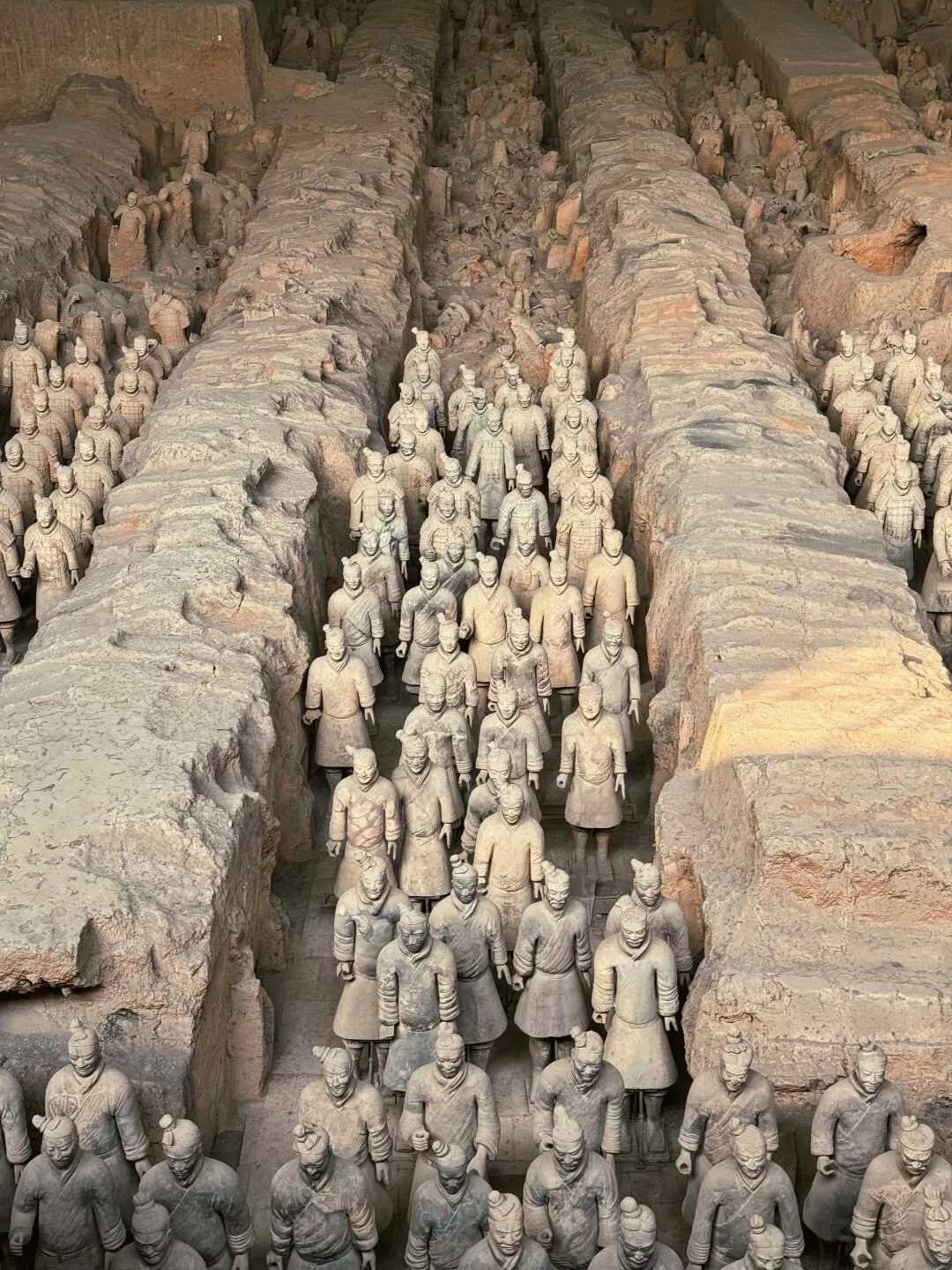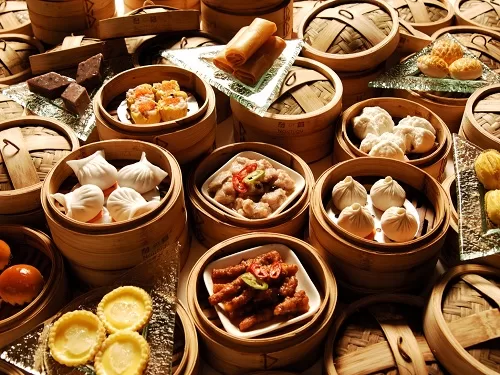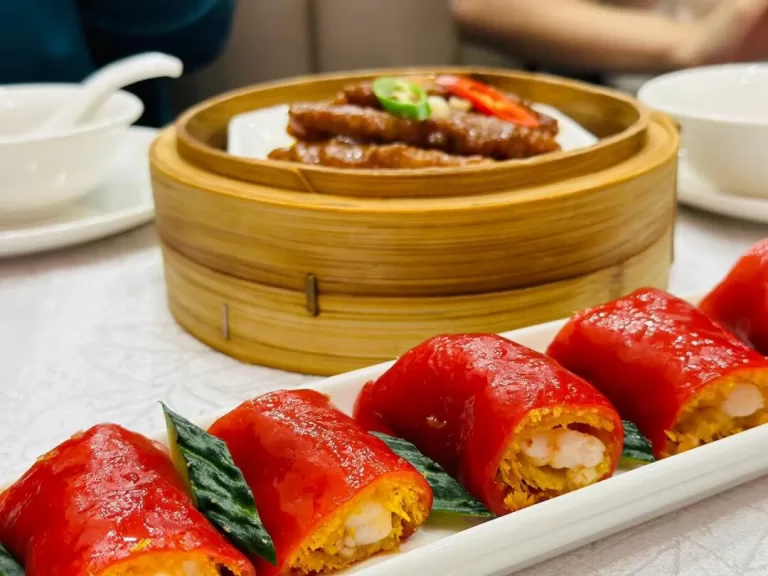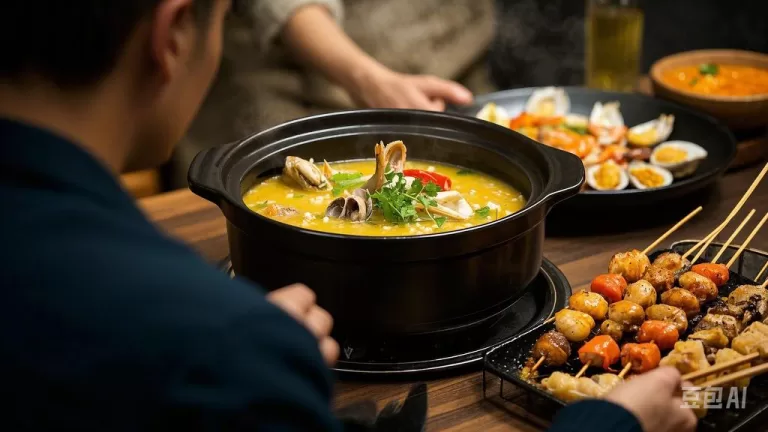Xi’an Local Travel Guide – an ancient city with a history spanning over 3,000 years
- Best Time to Visit
- Getting There
- Getting Around
- Top Attractions
- Local Cuisine
- Accommodation
- Tips for Travelers
Xi’an, an ancient city with a history spanning over 3,000 years, is a captivating destination that seamlessly blends rich historical heritage with modern charm. As one of the four ancient capitals of China, it has witnessed the rise and fall of numerous dynasties, leaving behind a wealth of cultural treasures and historical sites. This travel guide is designed to help you make the most of your visit to Xi’an, providing valuable information on attractions, transportation, cuisine, and more.
Best Time to Visit
The optimal time to visit Xi’an is during spring (March – May) and autumn (September – November). During spring, the city comes alive with blooming flowers, creating a picturesque backdrop for exploration. Autumn, on the other hand, offers mild weather and clear skies, making it perfect for outdoor activities and sightseeing. Avoid visiting during summer (June – August) as it can be extremely hot and humid, and winter (December – February) when the weather is cold and many outdoor attractions may be less appealing.
Getting There
- By Air: Xi’an Xianyang International Airport is well-connected to major cities around the world. Upon arrival, you can take the airport shuttle, which operates on multiple routes to different parts of the city, or a taxi to reach your destination.
- By Train: Xi’an has two main railway stations – Xi’an Railway Station and Xi’an North Railway Station. High – speed trains connect Xi’an to other major Chinese cities, providing a convenient and fast way to travel.
Getting Around
- Metro: Xi’an’s metro system is a convenient and efficient way to get around the city. It covers most of the major attractions, and the fares are reasonable.
- Bus: Buses are a cost – effective option, but they can be crowded, especially during rush hours. Be aware that the bus announcements may be in Chinese, so it’s a good idea to have your destination written in Chinese.
- Taxi: Taxis are readily available, but make sure the driver uses the meter to avoid overcharging. You can also use ride – hailing apps like DiDi for added convenience.
Top Attractions
- Terracotta Army (Qin Shi Huang Mausoleum Site Museum)
- This world – famous attraction is a must – visit. The Terracotta Army is a collection of life – sized clay sculptures that were buried with Emperor Qin Shi Huang in the 3rd century BC. Each statue has unique facial features, hairstyles, and clothing, showcasing the remarkable craftsmanship of the Qin Dynasty.
- Location: Lintong District, Xi’an
- Opening Hours: 8:30 – 18:00 (March 16 – November 15); 8:30 – 17:30 (November 16 – March 15)
- Admission Fee: 120 – 150 yuan per person (varies by season)
- City Wall of Xi’an
- The City Wall of Xi’an is one of the largest and best – preserved ancient city walls in China. You can rent a bicycle and cycle along the wall, enjoying panoramic views of the city. The wall is 13.7 kilometers long and offers a unique perspective on the city’s layout and history.
- Location: Xincheng District, Xi’an
- Opening Hours: 08:00 – 22:00
- Admission Fee: 54 yuan per person
- Shaanxi History Museum
- This museum is a treasure trove of Chinese history, housing over 370,000 cultural relics from pre – history to modern times. The collection includes bronzeware, pottery, and jade artifacts, providing a comprehensive overview of China’s long history.
- Location: Yanta District, Xi’an
- Opening Hours: 9:00 – 17:30 (November 15 – March 14, closed on Mondays); 8:30 – 18:00 (March 15 – November 14, closed on Mondays)
- Admission Fee: Free (with a limit of 6,000 free tickets issued daily. It’s advisable to book in advance)
- Big Wild Goose Pagoda (Dayan Pagoda) and Dacien Temple
- The Big Wild Goose Pagoda is a symbol of Xi’an. It was built in the 7th century to house Buddhist scriptures brought back from India by the monk Xuanzang. The pagoda is located within Dacien Temple, which is also a significant religious site.
- Location: Yanta District, Xi’an
- Opening Hours: 8:00 – 18:00
- Admission Fee: Pagoda admission is 30 yuan, temple admission is free
- Great Mosque in Xi’an
- This is one of the oldest and largest mosques in China. The architecture of the mosque combines traditional Chinese and Islamic styles, creating a unique and harmonious aesthetic.
- Location: Beiyuanmen, Lianhu District, Xi’an
- Opening Hours: 8:00 – 18:00
- Admission Fee: 25 yuan per person
Local Cuisine
Xi’an is renowned for its delicious cuisine, which offers a unique blend of flavors. Here are some local specialties you must try:
- Yangrou Paomo (Pita Bread Soaked in Lamb Soup): This is a signature dish of Xi’an. It consists of pita bread that is broken into small pieces and soaked in a rich, flavorful lamb soup. The dish is often served with pickled garlic and chili oil.
- Roujiamo (Chinese Hamburger): A popular street food, roujiamo features a crispy bread roll filled with tender, slow – cooked pork or beef. The meat is usually seasoned with a blend of spices, giving it a rich and savory flavor.
- Biangbiang Noodles: These thick, hand – pulled noodles are known for their chewy texture and unique shape. They are typically served with a spicy sauce, vegetables, and sometimes meat.
- Liangpi (Cold Noodles): A refreshing dish, liangpi is made from wheat or rice flour. The noodles are served cold with a variety of seasonings, including vinegar, chili oil, and garlic, making it a perfect choice for a hot day.
- Tangbao (Steamed Buns with Filling): These steamed buns are filled with a variety of ingredients, such as pork, beef, or vegetables. The buns are soft and fluffy, and the filling is often flavorful and juicy.
Accommodation
- City Center: Staying in the city center, such as near the Bell Tower or Drum Tower, offers easy access to many attractions, restaurants, and shopping areas. There are a variety of accommodation options available, from budget hotels to luxury resorts.
- Yanta District: This area is close to attractions like the Shaanxi History Museum and the Big Wild Goose Pagoda. It also has a vibrant nightlife and a wide range of dining options.
- Lintong District: If you plan to visit the Terracotta Army, staying in Lintong District can save you travel time. There are several hotels and guesthouses in the area, offering convenient access to the archaeological site.
Tips for Travelers
- Language: While English is not widely spoken in Xi’an, learning a few basic Chinese phrases can be helpful. Simple greetings like “Ni hao” (Hello) and “Xie xie” (Thank you) can go a long way in communicating with locals.
- Currency: The currency in China is the Chinese Yuan (CNY). You can exchange currency at banks, airports, or authorized currency exchange offices. ATMs are also widely available, and most major credit cards are accepted in larger hotels and shopping malls.
- Cultural Etiquette: When visiting temples and other religious sites, dress appropriately. Remove your shoes before entering some places, and be respectful of the local customs and traditions.
- Food Safety: To avoid food – borne illnesses, it’s advisable to eat at clean and reputable restaurants. Drink only bottled water, and be cautious when consuming street food.
Xi’an is a city that offers a wealth of experiences for travelers. Whether you’re interested in history, culture, or cuisine, there’s something for everyone in this ancient capital. By following this travel guide, you can plan your trip effectively and make the most of your time in Xi’an, creating memories that will last a lifetime.







